
Welcome to the first of what I hope will be many end of the year lists. Unlike most content creators who mainly highlight new material that came out this year I instead want to focus on what impacted me the most in 2023. While this end of year celebration will still start with a list of the best new manga and movies of the year, I will also be giving an overall look at what grabbed my attention the most during the year.
Please keep in mind this list is super subjective and based upon what I have personally experienced. This means that many favourites of others probably will be left out due to my personal tastes or due to me not having experienced them yet. I hope that you enjoy this fun year’s review for me.
Best new manga release:
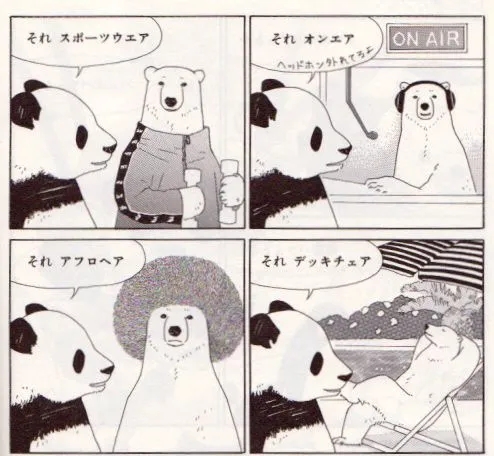
Polar Bear Cafe: Yes, of all the new and exciting manga this year I chose the one featuring puns and bears. To be fair though this series is actually really smart, cute, and funny. Polar Bear Cafe features stories about Panda Bear, a lazy kid who works at a zoo, and his friend Polar Bear, a kind cafe owner who loves jokes. Each story is full of pun based humour and brought a smile to my face.
I was pleasantly surprised when I found the first volume of this series at Secret Headquarters (one of my favourite comic shops), because it features so many Japanese word gags that are very difficult to translate. Michelle Tymon and Seven Seas have done an incredible job though capturing the wonderful and fun puns of the title so that anyone can enjoy it. If you are going to read only one new title this year, make it this one.
Runners up:
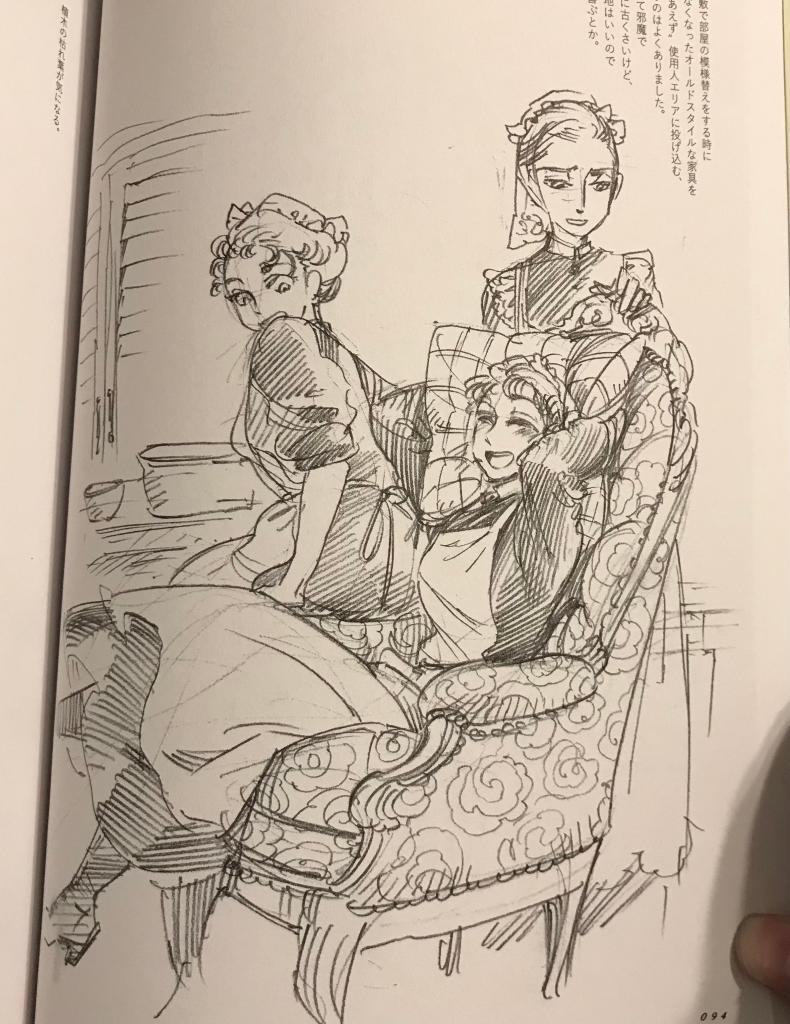
Kaoru Mori scribbles 1 and 2: While I couldn’t with good conscience include this title as manga of the year due to it being a translation of Mori’s sketchbooks I do want to highlight how good and impactful this book is. Kaoru Mori is one of the best living manga artists of all time, a claim that is reinforced by these fantastic books. Her art covers all sorts of themes, but retains her own feel and exquisite design. One thing that stands out about her art style is the detail in which she works. Mori not only has clearly studied a variety of historical costuming, but also cares deeply about her characters and improving as an artist.
Another thing that stands out about this work is Mori’s own commentary. Through her comments we get a clear sense of who she is as a person and what her interests are, and how much she loves fashion and costuming. While this title doesn’t contain a narrative (at least in the traditional sense) it stands head and shoulders over many books released this year.
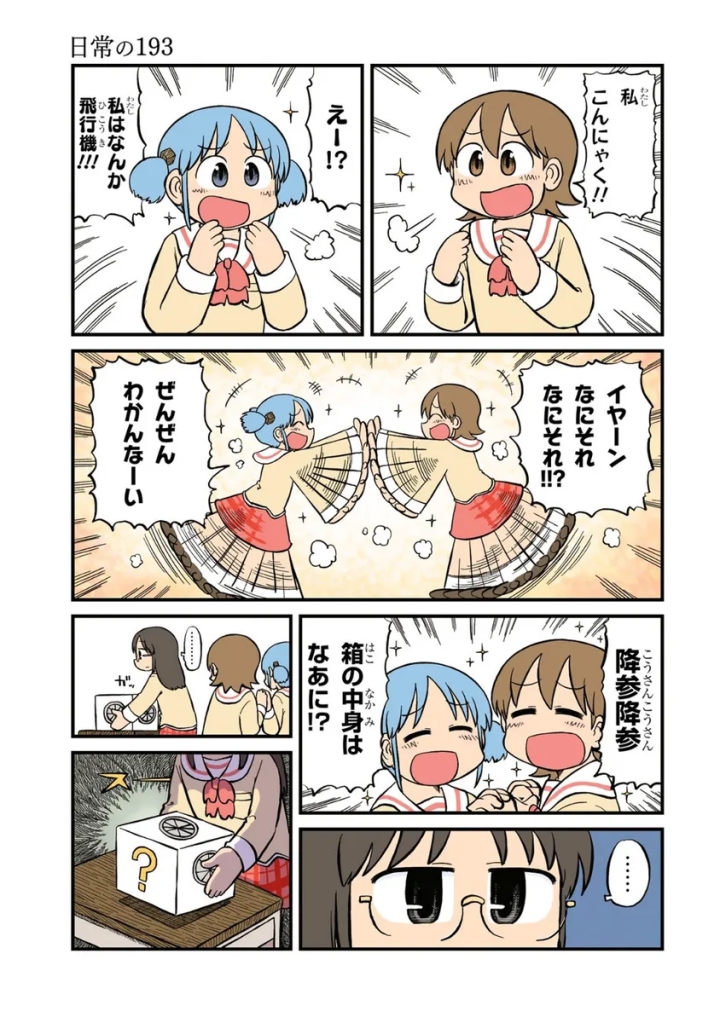
Nichijou: Nichijou is back! Its return was very much a happy surprise; especially during a year where good new manga was hard to find and so many great titles I was looking forward to were delayed. Though I also loved the creators’ other major series, City, I am so grateful for more new Nichijou volumes!
It’s hard to explain exactly what Nichijou is about. Although its title translates to, “Everyday Life,” this title couldn’t be further from the truth. Nichijou follows the experiences of a high school and town filled with strange characters and odd things happening. This manga includes slapstick comedy and all sorts of weird features including a robot embarrassed by her robotic features, a genius but childish kid professor, a boy with butler who rides a goat, a teacher determined to capture and prove that one of her student’s is a robot, a deer wrestling principle, and a bunch of strange high schoolers doing over the top things.
Trying to explain Nichijou is in effect like trying to explain the concept of absurdity. As a reader you can always count on something strange, unexpected, and amusing to happen. Because of this it is hard to explain why Nichijou is so funny without just summarising its stories. If you love random or slapstick comedy though this is a series you need to read.
While not entirely new, Nichijou is a great series I’m really glad has returned. I look forward to reading more of it and busting a gut again in June when its next volume comes out!
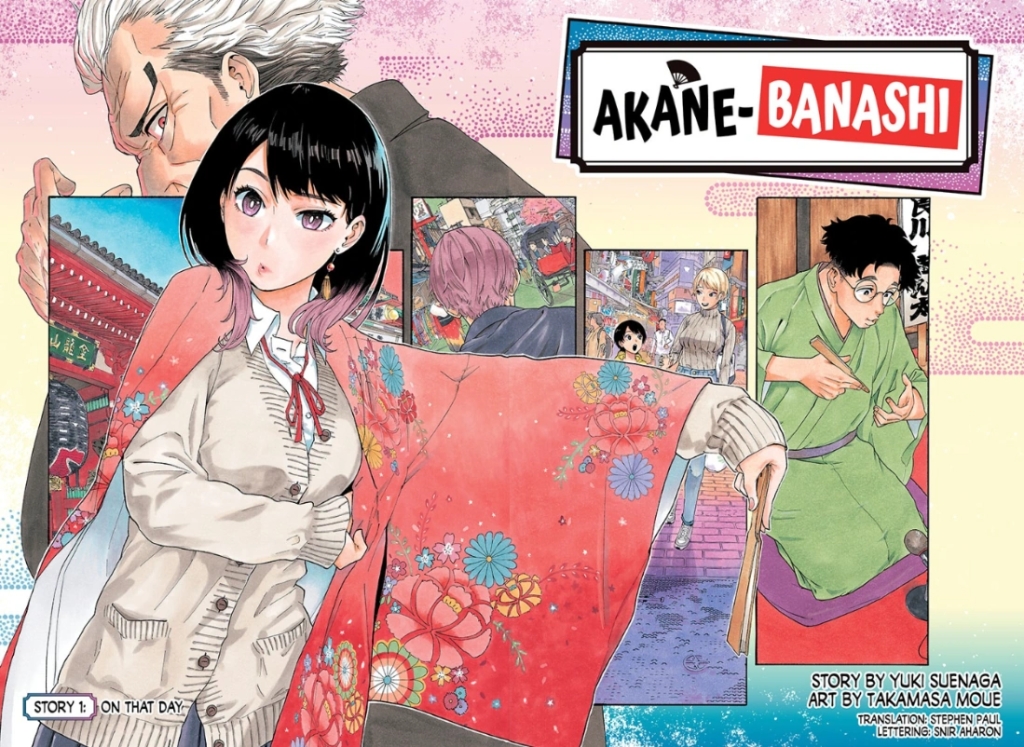
Akane-banashi: Akane-banashi was a pleasant surprise. While simple it provides a lot of what I love in manga, it has lots of passion, a great story, and information about interesting and unusual subject matter.
This series is all about a traditional form of Japanese storytelling. After her father is cruelly rejected at an exam to become a professional Rakugo storyteller by an arrogant master, his daughter Akane dedicates herself to becoming one in her father’s place. She practises tirelessly with her father’s former teacher, a master Rakugo storyteller named Shiguma and his three other students in hopes of growing her skills and getting revenge for her father. Through their guidance she learns what it takes to be a professional and share her skills on stage in a variety of settings.
Akane-banashi’s focus on storytelling helps bring to life the traditional art of Rakugoka, a Japanese storytelling tradition that involves a presenter playing all the roles of a story with minimal props. Not only is the subject very interesting, but Akane-banashi does a good job teaching about the process of becoming involved in Rakugoka and feelings that come with performing it. Akane learns fast that she has a lot to learn despite her inherent skill, and is pushed by her peers and fellow storytellers to grow and improve. It is also really interesting to read a shonen title that is so outside the norm and features a female lead. So many popular shonen manga series follow a formula, it is exciting to read a series that breaks this mould and takes a different approach.
The art in Akane-banashi also does a great job of conveying stories being told and visualising them without distracting from the telling and performance aspect. Its representation of the tellers embodying their characters brings a liveliness to the performance, and helps visually embody an oral art. Its character designs are also great, ranging from very traditional shonen designs, to unusual characters that stand out. All these features allow the art to visualise and substitute oral emphasis of the story which is impressive.
Akane-banashi is a pleasant surprise of a title that presents an interesting subject and backs that subject up with good art and storytelling. I couldn’t put down this series and can’t wait to read more of it next year!
Best new movie:
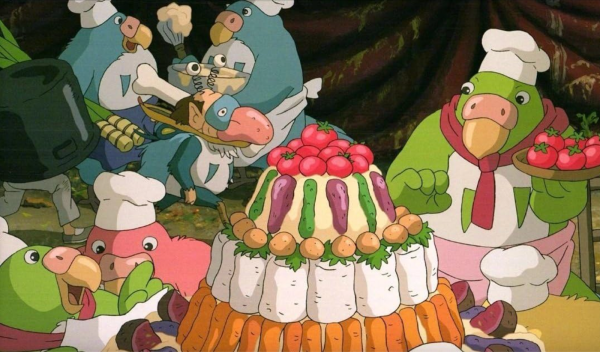
The Boy and the Heron: The Boy and the Heron is Miyazaki’s latest film, and one of his best. A combination of all sorts of things, my mind was blown when I stepped out of my IMAX screening of this brilliant movie.
The Boy in the Heron follows Mahito, a boy living during World War II. After his mother tragically passes away he and his father move to a large estate in the country owned by his mother’s younger sister Natsuko. Natsuko has married Mahito’s father and is expecting a child, something the Mahito is largely unsure about how to respond to. Things become strange though when a grey heron seems to beckon Mahito to an odd abandoned tower where his eccentric grand uncle disappeared mysteriously years ago.
As the film is new I don’t want to spoil or say too much about it, but what I can say is that besides lacking flying machines it may be the most “Miyazaki,” Miyazaki film I have seen. The story clearly carries his themes, style, and fluid tonal shifts that remind you strongly of his other works. I’m not sure if this is my favourite of his films, but without a doubt it stands out as the best film I have seen this year and somehow manages to top even the latest animated Spiderman film (which was my favourite movie of the year before seeing this film). Even the dub (an element that can be hit and miss with Ghibli films) was excellent with its cast being almost unrecognisable, especially Robert Pattison who plays the trouble-making Heron. I feel that this film should not only win best animated picture of the year, but also deserves to be nominated for best picture of the year.
Runners up:
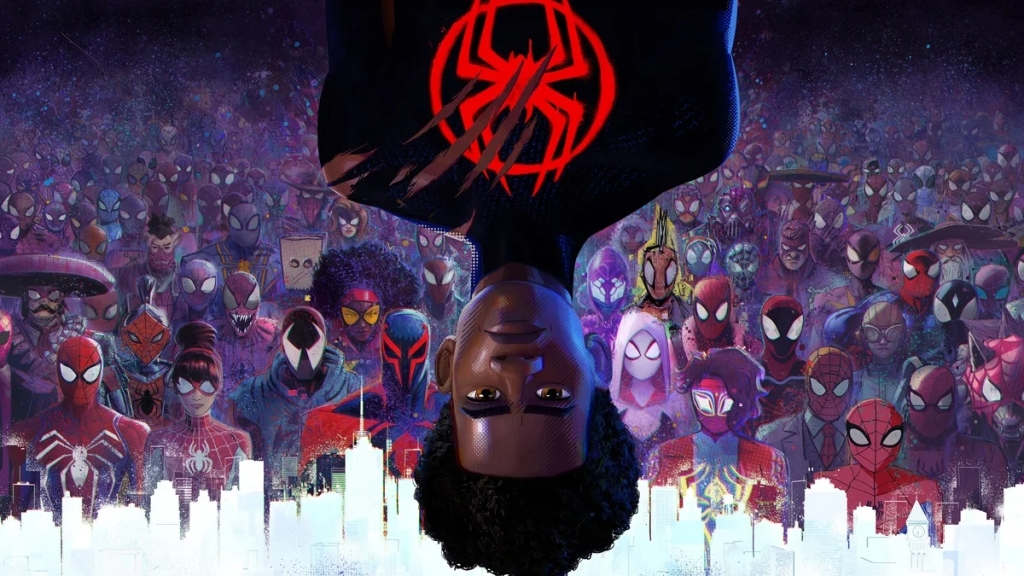
Across the Spider-verse: Across the Spider-verse may just be the greatest superhero movie of all time. It somehow manages to equal or even surpass its previous outing. Across the Spider-verse has its teenage heroes Miles and Gwen faced with great personal adversity, and take on a multiverse filled with trouble and other spider people.
This film’s use of multiverse works so much better than so many other superhero films this year, because at its core is such a personal narrative. Spider-verse, despite its scope, is grounded in a story of family and fighting against personal loss. Unlike most superhero films this year, Spider-verse feels like it has real stakes that mean something, gives the heroes a personalised purpose, and makes the antagonist’s losses and feelings understandable. It also doesn’t hurt that the film looks amazing, is filled with comic book in-jokes, and continues to balance the seriousness and silliness effectively in a way that other films like Guardians of the Galaxy and Thor failed to do. A great film only topped by The Boy and the Heron, Spider-verse is a must see.
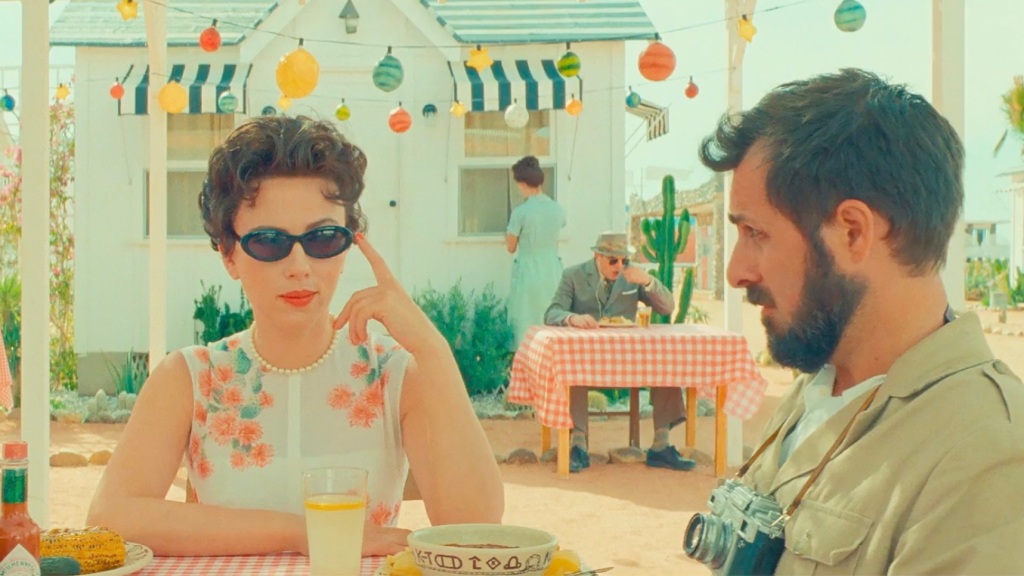
Asteroid City: Asteroid City is yet more evidence of the quirky genius of Wes Anderson. While I don’t believe in Auteur theory (films are expensive multi-faceted undertakings involving a variety of people) if there ever was a modern director who you might make me rethink my stance it would be Wes Anderson. You know a Wes Anderson film when you see it, and Asteroid City very much highlights many of his trademark elements.
One thing that stands out about this film is just how odd and almost surreal the plot is. The movie depicts the creation and production of an eclectic playwright’s retro-futurist play about a government run children’s science contest in a remote military camp within the desert. The play depicted also focuses on a family grappling with loss and an alien encounter. The movie also highlights the absurdity of the play’s narrative and quirky characters, and the people who play them.
Like many of Anderson’s works the tone of Asteroid City is one of dry comedy, eccentricity, and the human condition. It brings together so many different concepts and deliberately avoids clarifying how much of its dialogue and plot are people playing a role and what is actually a commentary by the actors themselves. This leads to a blending of meta commentary purposely muddling narrative to comedic and profound effect, and purposely highlighting artifice of the work rather than avoiding it. Another thing Asteroid City does that is unusual is have celebrities cast against type. Actors often play roles that you normally wouldn’t expect outside of an Anderson film.
Anderson is famous for his use of colour pallets, something this film also strongly emphasises. Asteroid City is very deliberate about its colour scheme employing bright blues and whites, and muted tan colours which give the film a distinctive and controlled sense of style. These colours pop out and also add to the unusualness and artificiality that he is going for.
While similar to many of Anderson’s other works, Asteroid City stands out as a unique experience unlike any other film that came out this year. It is a film that demands the attention of its viewers, but also rewards them for their interest. Asteroid City is a strange and wonderful film well worth seeing, especially if you like the other films of Wes Anderson.
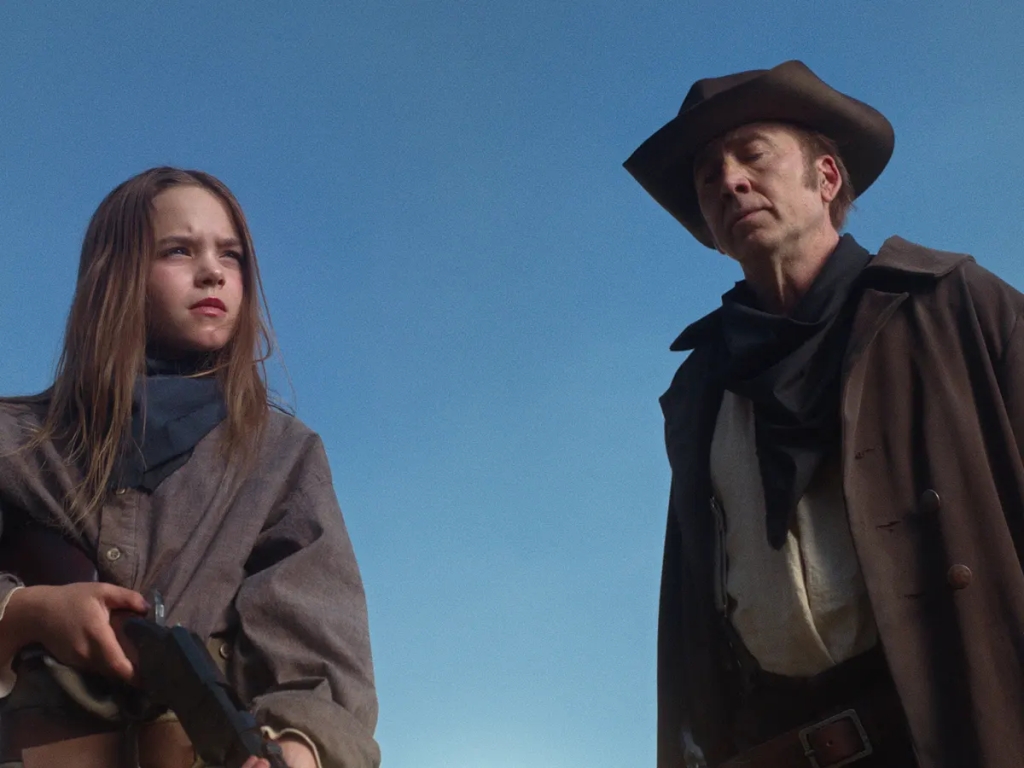
The Old Way: Why is it that this film has been so ignored and maligned? The Old Way places Cage in an old fashioned revenge drama playing a former outlaw who is driven out of retirement when his wife is killed. In lesser hands this type of film could be cliche, but it is saved by two things, Cage’s performance and the inclusion of Ryan Kiera Armstrong who plays Cage’s character’s daughter.
The film’s handling of the pair’s struggles and mental illness sets it apart from the typical Western. Cage’s character Colton Briggs and his situation is portrayed primarily as tragic and flawed, not as badass or heroic. Cage does a great job portraying mental illness as something that is complex. Brigg’s toughness is shown as something that separates him from the world, not something to seek out or idolise. It is Brigg’s past cruelty that drives the antagonist Jimmy to be traumatised and to grow up to misguidedly trying to emulate Brigg’s violence. He and his gang then murder Brigg’s wife not only as revenge, but also as a way of getting him to come out of retirement so that they can kill him. While Brigg’s is driven by a focused purpose of revenge making him a deadly force to be reckoned with, is primarily portrayed as a tragic world weary figure that had a hand in his own suffering and created a cycle of violence that was the result of his previous callousness.
Brigg’s daughter likewise shares his inability to feel things, and feels like an outsider. While this allows her to overcome many things a neurotypical girl her age would struggle with, it also brings an awkwardness to her as she tries and often fails to model normative behaviour. Often she is unclear as to what emotion she should be feeling or what role she is expected to play in the world. Armstrong does an amazing job subverting typical tropes surrounding how young girls are portrayed in Western’s, giving her character a calculating hardedge of a personality.
I find it really sad that The Old Way was so overlooked, especially when it came out. When I went to see it at my local movie theatre the theatre was strangely empty, making the viewing experience more surreal and magical for me. It was a much better film than other films released at that time, and it still confuses me why hardly anyone went to see this film and why it was so maligned by the critics who did see it. I’m glad I get to share my thoughts on this hidden gem here, and hope more people will now go see this fantastic Western.
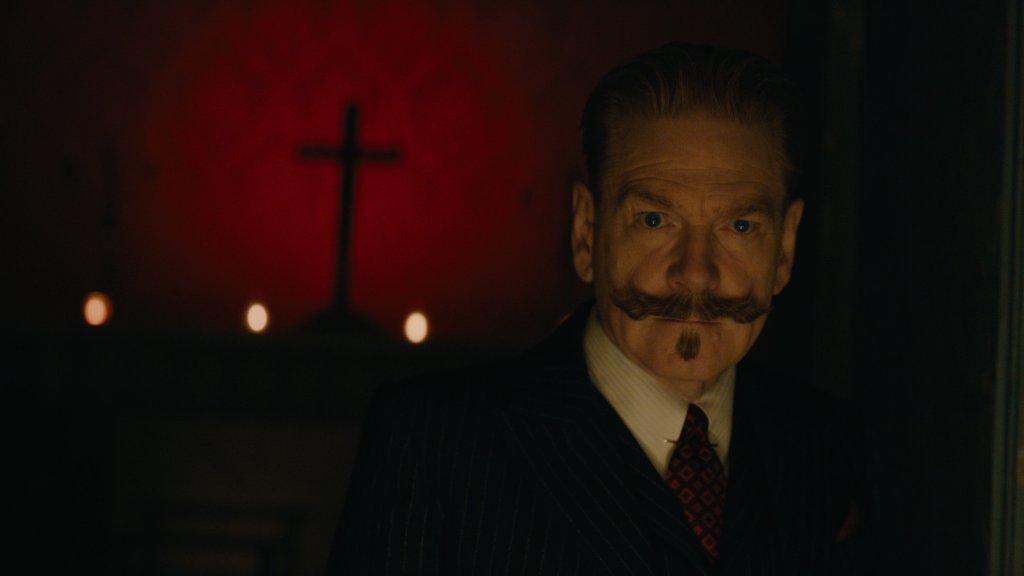
A Haunting in Venice: I will be honest and say that a lot of Kenneth Branagh’s films have been hit or miss for me. I adore many of his Shakespearean adaptations, but am not a big fan of Mary Shelley’s Frankenstein (which is a terrible name for this film), Thor, Cinderella, and Artemis Fowl. My experience with most of his Poirot Trilogy has also been hit or miss. I usually prefer the more straightforward and stately adaptations of David Suchet to Branagh’s more loose films. Many of Branagh’s previous adaptations of Poirot seemed awkwardly trapped between the slow and stylized tone of the Christie content, and the more bombastic style he is known for.
Thankfully this film dispenses with most of the pretexts of doing a faithful adaptation, instead opting for creating mostly original concepts. While it bears very little resemblance to the novel it is based upon (the Hallowe’en Party) this turns out to be a good thing. Branagh transforms the slow paced mystery of the book into an exciting old dark house style story where it becomes unclear if the things occurring align with a traditional murder narrative or are the result of supernatural forces. Setting the movie mostly within an old Italian villa and making major changes to the story that take advantage of the medium of film really helped it build tension effectively. These changes also made the mystery far more exciting, and allowed all the celebrity actors to give interesting performances that stood out. I ended up liking this film far more than I was expecting, and consider it one of the best mysteries of the year.
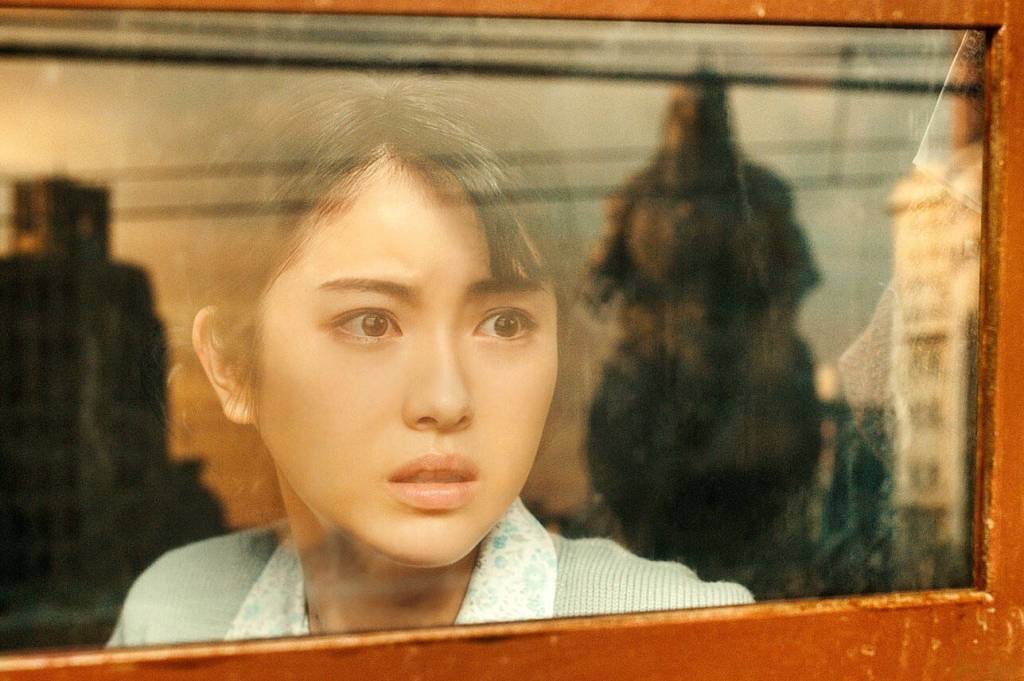
Godzilla Minus One: Godzilla Minus One delivers the goods. While I really enjoyed watching Shin-Godzilla this year, it really can’t compare to the quality of Godzilla Minus One. Minus One seems to get everything right, and is a fitting tribute that blows other recent outings of Godzilla out of the water.
The film stars Kōichi Shikishima, a kamikaze pilot who fakes engine trouble and abandons his duty of suicide near the ending of World War II, only to have the small island base he landed on be attacked brutally by Godzilla. When tasked with shooting the monster he freezes up with fear and is unable to shoot it allowing Godzilla to slaughter all but one of his comrades before disappearing into the night. As the war comes to a close Koichi is left with trauma and guilt, and returns home to find Tokyo in ruins and his parents dead. He ends up taking in Noriko, a woman who lost her family, and Akiko, the baby she rescued. Eventually they form a makeshift family together and start to re-build. Godzilla does not stay dormant for long though and it seems like no government is prepared or willing to help stop the monster from rampaging.
Godzilla Minus One has finally broken the curse that has plagued many Godzilla films since its inception. In most Godizlla films I just want to get to more monster action and/or cannot take the human elements seriously. This is not the case for Godzilla Minus One. Minus One has a complex plot where its lead is driven by a mixture of guilt over his past, and a genuine desire to do good. He tries his best, but you see him struggle in an authentic and at times messy way with all the trauma he is carrying. You want to see him succeed and really care about his fate, and the fate of his friends and family.
The film also does a great job making you care about the rest of the characters around Koichi. You really get to know and understand the feelings of the Koichi’s friends who all get good arcs and have distinct personalities. You really come to care about the makeshift family he forms, his neighbour who despite her initially misgivings cares for his household, and the crew of minesweepers Koichi works with.
Another thing Godzilla Minus One gets right about human parts of the plot is making it about community. While the film values patriotism, it views patriotism as the sacrifices of individuals and the coming together of the communities to solve problems, rather than unquestioning nationalism, militarism, and trusting corrupt governments. Like Spiderverse it understands that for conflicts to have stakes that the audience actually cares about, the story needs to personally invest the viewer in the story and characters, and to have them face real struggle together.
Godzilla Minus One also doesn’t skimp on Godzilla. Though Godzilla does appear a lot less then in some other Godzilla films every appearance of Godzilla carries a weight to it and brings terror. Godzilla in this film is a force to be reckoned with, a true monster bent on destroying cities, lives, and Koichi life. Godzilla is portrayed as a seemingly unstoppable force leaving death and destruction in their wake. Even at sea Godzilla is a menace ripping apart huge battleships like they were nothing, and being unphased by human attacks. Ultimately it becomes up to human ingenuity to fight Godzilla as the government is powerless and too corrupt to do anything despite Godzilla ravaging Tokyo, the United States is unwilling to do anything about Godzilla, and conventional force proves useless.
While the ending of Minus One doesn’t quite stick the landing for me, I still think that Godzilla Minus One is one of the best Godzilla films I have ever seen in years. It gets the human elements right, while also making Godzilla even more terrifying than in Shin Godzilla.